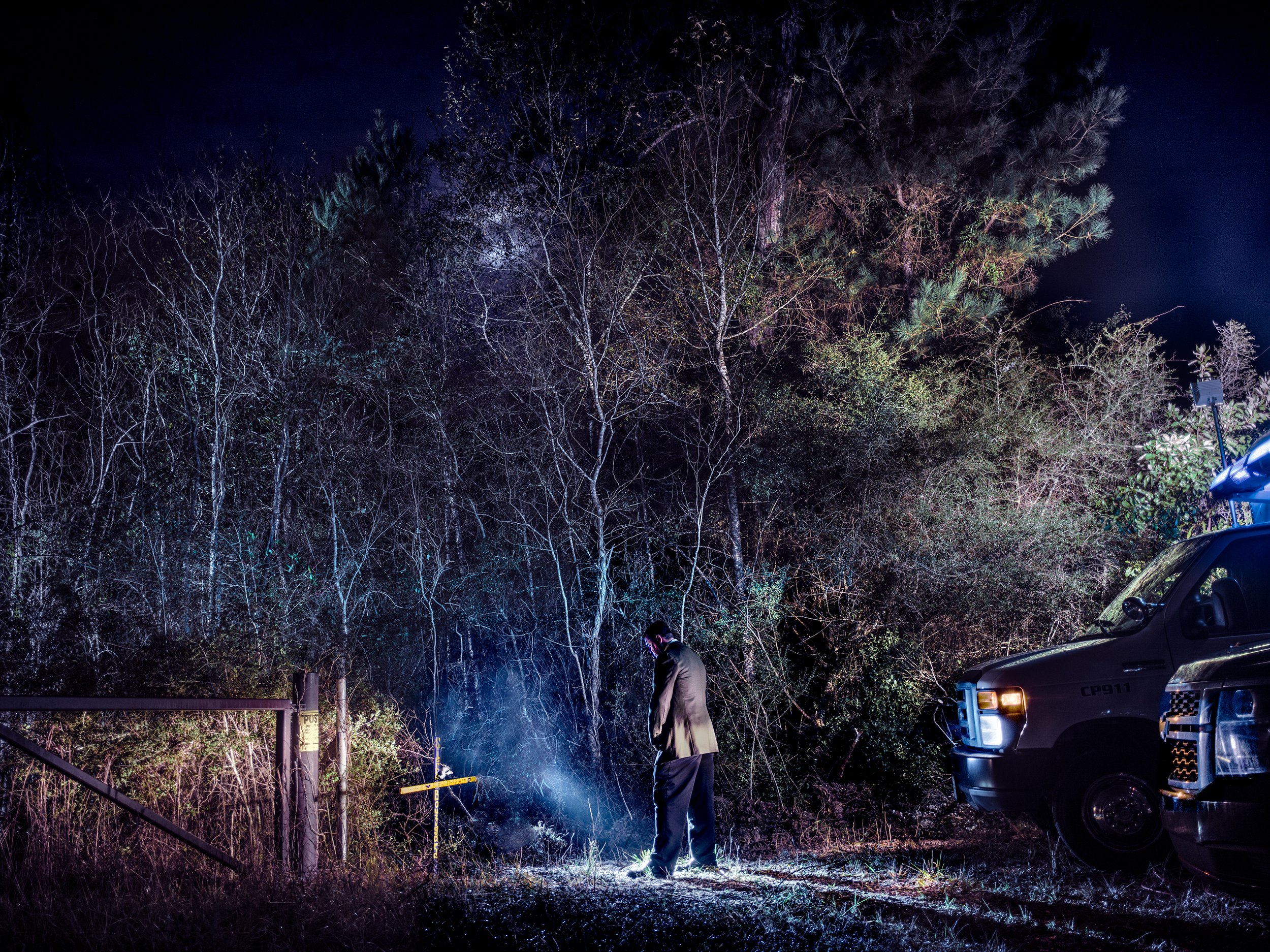
The first time DNA was introduced as evidence in a courtroom in the United States was the trial of a serial rapist in Florida in 1987. Testifying to the veracity of DNA, an MIT scientist told the jury, that DNA had “the same certainty of identification as a fingerprint.” The DNA evidence was accepted and convicted the serial rapist. It was a game-changer for the criminal justice system and had unforeseen consequences. Two years later, a convicted inmate of a federal prison was able to obtain DNA from evidence still in possession from his case, it was tested, found dispositive, and the inmate was released from prison, exonerated— the first DNA exoneration of a wrongful conviction based on flawed “forensic science.” Hundreds of post-conviction DNA cases followed and sent shockwaves throughout the forensic science community and judicial system. Worried, in 2005, Congress commissioned the National Academy of Sciences to study the state of forensic science in the United States. The 2009 NAS Report on Forensic Science was watershed— but for DNA and toxicology, there was no science in Forensic Science. Since 2009, many new technologies have emerged, and whatever was done before, ie, the “forensic sciences,” have gone through thorough scientific analysis, research, and revision. Exonerations continue. It is not yet a perfect picture. But neither is science.



















































The first time DNA was introduced as evidence in a courtroom in the United States was the trial of a serial rapist in Florida in 1987. Testifying to the veracity of DNA, an MIT scientist told the jury, that DNA had “the same certainty of identification as a fingerprint.” The DNA evidence was accepted and convicted the serial rapist. It was a game-changer for the criminal justice system and had unforeseen consequences. Two years later, a convicted inmate of a federal prison was able to obtain DNA from evidence still in possession from his case, it was tested, found dispositive, and the inmate was released from prison, exonerated— the first DNA exoneration of a wrongful conviction based on flawed “forensic science.” Hundreds of post-conviction DNA cases followed and sent shockwaves throughout the forensic science community and judicial system. Worried, in 2005, Congress commissioned the National Academy of Sciences to study the state of forensic science in the United States. The 2009 NAS Report on Forensic Science was watershed— but for DNA and toxicology, there was no science in Forensic Science. Since 2009, many new technologies have emerged, and whatever was done before, ie, the “forensic sciences,” have gone through thorough scientific analysis, research, and revision. Exonerations continue. It is not yet a perfect picture. But neither is science.